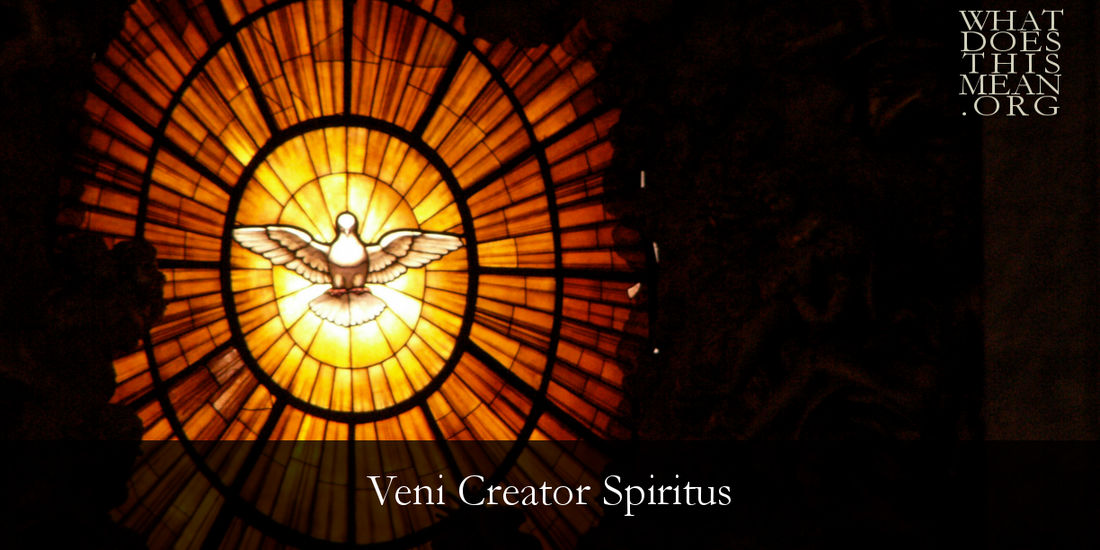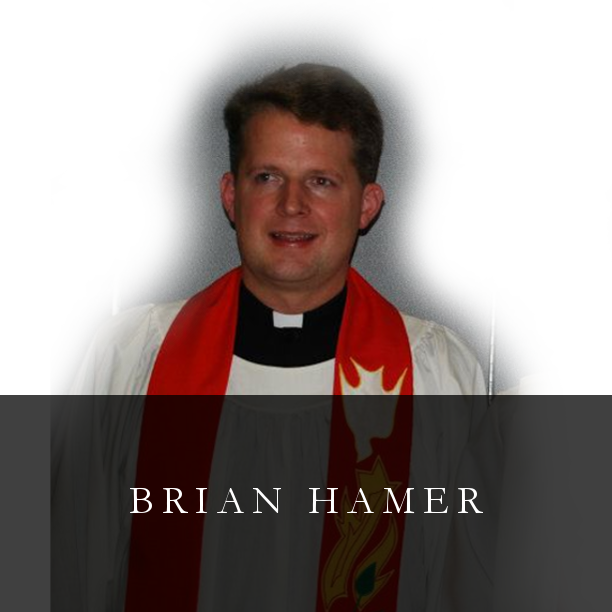Listen to the plain chant setting of the Veni Creator, sung in the following video by women’s voices. If you have access to a hymnal at home, follow the melody in your hymnal and see if it matches the melody in this rendition. Hear how the music, so simple and yet so beautiful, serves as a fitting vehicle to carry the text to the hearts and minds of the faithful:
Come with Your grace and heav’nly aid, And fill the hearts which You have made.
To You, the Counselor, we cry, To You, the gift of God Most High;
The fount of life, the fire of love, The soul’s anointing from above.
In You, with graces seven-fold, We God’s almighty hand behold
While You with tongues of fire proclaim / To all the world His holy name.
Your light to ev’ry thought impart, And shed Your love in ev’ry heart;
The weakness of our mortal state / With deathless might invigorate.
Drive far away our wily foe, And Your abiding peace bestow;
With You as our protecting guide, No evil can with us abide.
Teach us to know the Father, Son, And You, from both, as Three in One
That we Your name may ever bless / And in our lives the truth confess.
Praise we the Father and the Son, And Holy Spirit, with them One.
And may the Son on us bestow / The gifts that from the Spirit flow! Amen.
The progression from a simple chant to much fuller music is reflected in the following organ work by Maurice Duruflé (1902-1986), Prélude, Adagio & Choral Varié sur 'Veni Creator':
Listen for the melody in the initial chorale, the variations to follow, and the gradual swelling to a triumphant climax as the use of chant proves to be liberating, rather than restricting.
In the Lutheran tradition, the Veni Creator was slightly simplified under Luther’s influence for corporate singing as the German hymn, Komm, Gott Schӧpfer. In the following video, J. S. Bach’s (1685-1750) chorale prelude (BWV 667) on the German hymn has the melody in the uppermost voice (right hand). Listen for the emphasis on the third note of each group of three (most prominent in the lower register), emphasizing the Holy Spirit as the third person of the Trinity:
And kindle in them the fire of Your love.



 RSS Feed
RSS Feed
